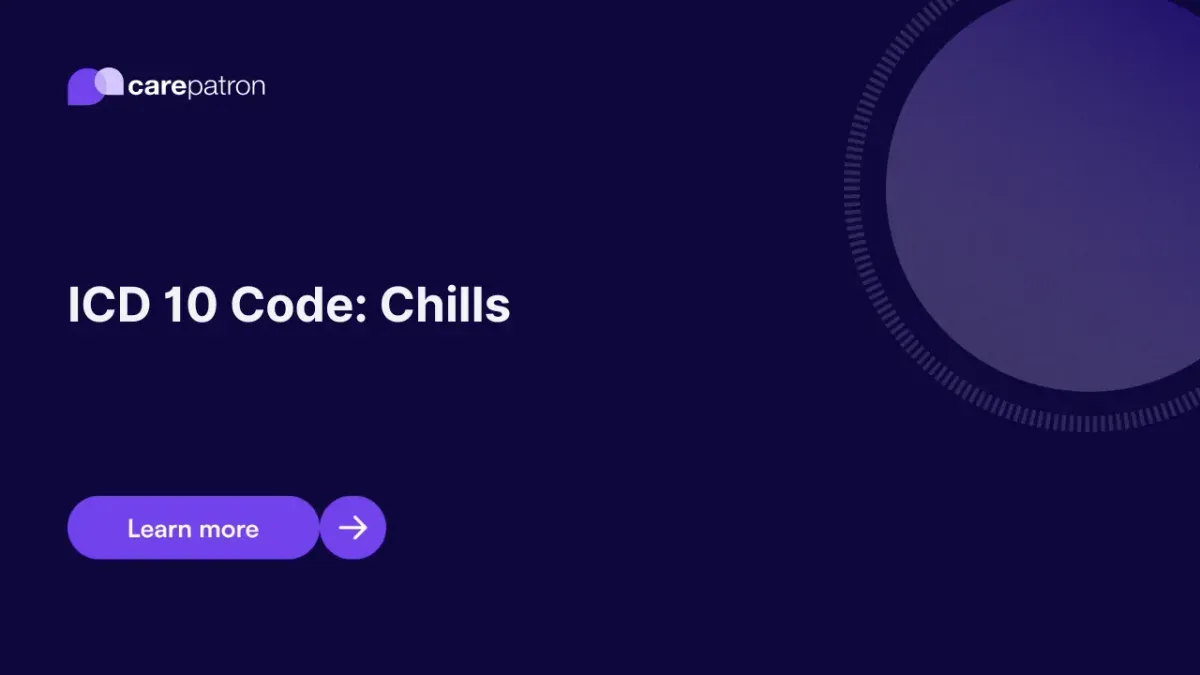
Chills ICD-10-CM Codes
Learn about the various ICD-10 codes used for diagnosing chills, their clinical implications, and the importance of accurate coding in healthcare.
Use Code
Commonly asked questions
The ICD-10 diagnosis code for chills is R68.83 (Chills without fever), classified under other nonspecific symptoms and signs. This code is used when chills occur as a standalone symptom without an accompanying fever.
The appropriate ICD-10 diagnosis code for fever and chills depends on the clinical context. If both symptoms are present without a clear underlying cause, R50.9 (Fever, unspecified) is commonly used, and it also falls under other nonspecific symptoms.
In ICD-9, the diagnosis code for chills is typically 780.64 (Chills without fever), which is also grouped under other general symptoms.
EHR and practice management software
Get started for free
*No credit card required
Free
$0/usd
Unlimited clients
Telehealth
1GB of storage
Client portal text
Automated billing and online payments
